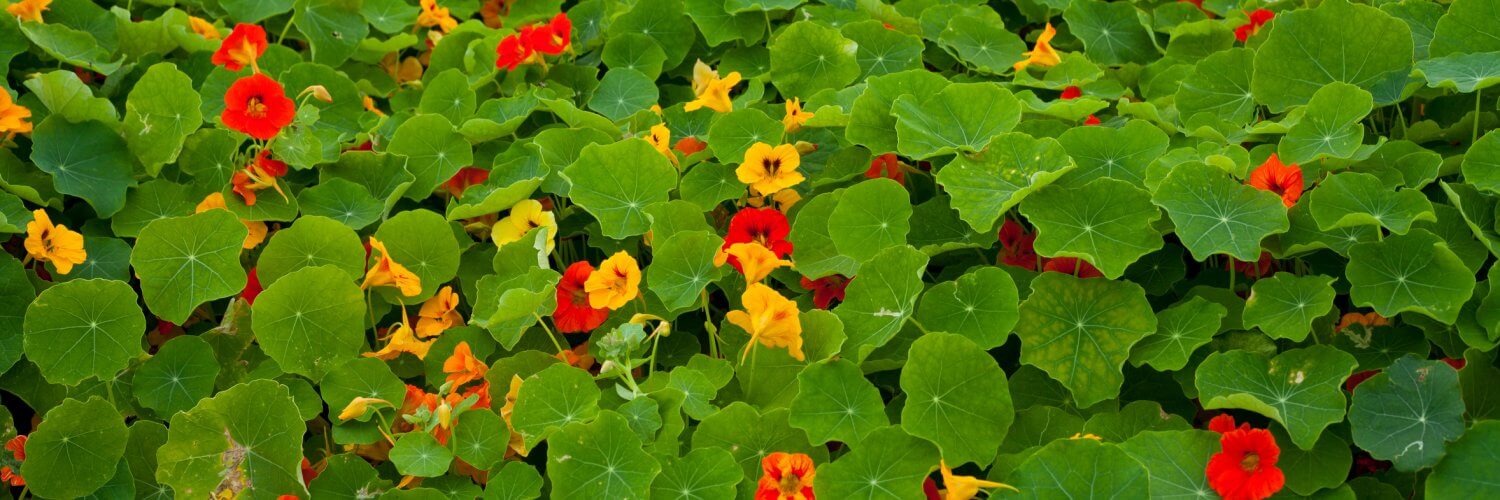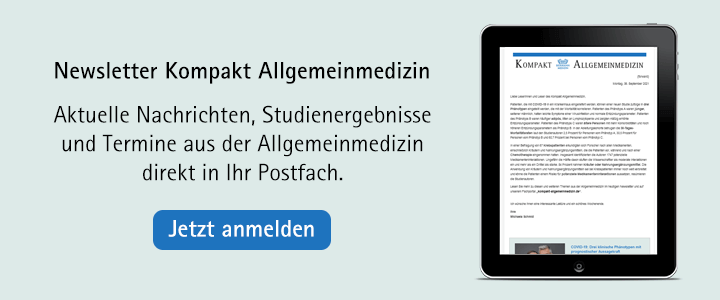1. Pleschka S. et al. Testing of the antiviral activity of ANGOCIN® Anti-Infekt‑N mixture on influenza virus A/Hamburg/01/09 (H1N1v) replication on MDCK-II-cells and A549-cells via Focus- and HA-Assay; Publikation in Vorbereitung
2. Herz C. et al. Evaluation of an aqueous extract from horseradish root (Armoracia rusticana radix) gainst lipopolysaccharide-induced cellular inflammation reaction. Evidence-Based Complementary and Alternative Medicine, Volume 2017, Article ID 1950692 (2017)
3. Marzocco A. et al. Anti-inflammatory activity of horseradisch (Armoracia rusticana) root extracts in LPS-stimulated macrophages. Food Func. 6 (12): 3778–88 (2015)
4. Dey M. et al. In-vitro and in-vivo anti-Inflammatory activity of a seed preparation containing phenethylisothiocyanate. Journal of pharmacology and experimental therapeutics 317(1): 326–333 (2006)
5. Tsai J. et al. Suppression of inflammatory mediators by cruciferous vegetable-derives indole-3-carbinole and phenylethylisothiocyanate in lipopolysaccharide-activated macrophages. Mediators of Inflammation (2010)
6. Boyanapalli S.S. et al. Nrf2 knockout attenuates the anti-Inflammatory effects of phenethylIsothiocyanate and curcumin. Chem. Res. Toxicol., 27 (12), pp 2036–2043 (2014)
7. Cheung K.L. et al. Synergistic effect of combination of phenethylisothiocyanate and sulforaphane or curcumin and sulforaphane in the inhibition of inflammation. Pharmaceutical Research, Volume 26, Issue 1, pp 224–231(2009)
8. Tran H. et al. Nasturtium (Indian cress, Tropaeolum majus nanum) dually blocks the COX an LOX pathway in primary human immune cells. Phytomedicine 23: 611–620 (2016)
9. Marton M.R. et al. Determination of bioactive, free isothiocyanates from a glucosinolate-containing phytotherapeutic agent: A pilot study with in vitro models and human intervention. Fitoterapia 85: 25–34 (2013)
10. Lee M.L. et al. Benzyl isothiocyanate exhibits anti-inflammatory effects in murine macrophages and in mouse skin. J Mol Med 87: 1251–1261 (2009)
11. Dufour V. et al. The antibacterial properties of isothiocyanates. Microbiology 161: 229–243 (2015)
12. Aires A. et al. The antimicrobial effects of glucosinolates and their respective enzymatic hydrolysis products on bacteria isolated from the human intestinal tract. Journal of applied Microbiology 106:2086–2095 (2009)
13. Borges A. et al. Antibacterial activity and mode of action of selected glucosinolates hydrolysis products against bacterial pathogens. J Food Sci Technol 52 (8): 4737- 48 (2015)
14. Dias C. et al. Antimicrobial activitiy of isothiocyanates from cruciferous plants against methicillin-resistant Staphylococcus aureus (MRSA). Int. J. Mol. Scji. 15: 19552–19561 (2014)
15. Conrad A. et al. Broad spectrum antibacterial activity of a mixture of isothiocyanates from nasturtium (Tropaeoli majoris herba) and horseradish (Armoraciae rusticanae radix). Drug Res 63: 65–68 (2013)
16. Conrad A. et al. In-vitro-Untersuchungen zur antibakteriellen Wirksamkeit einer Kombination aus Kapuzinerkressekraut (Tropaeoli majoris Herba) und Meerrettichwurzel (Armoraciae rusticanae radix), Drug Res 56/12: 842–849 (2006)
17. Kurepina, N. et al.: Growth-inhibitory activity of natural and synthetic isothiocyanates against representative human microbial pathogens, Journal of applied microbiology 115, 943–954 (2013)
18. Konsensuspapier zum interdisziplinären Roundtable: Die effektive Behandlung von Atemwegsinfektionen – Status quo und alternative Therapieansätze mit Isothiocyanaten (2014)
19. https://www.tk.de/tk/pressemitteilungen/bundesweite-pressemitteilungen/951490, Stand: Nov. 2017
20. Goos K.-H. et al. Wirksamkeit und Verträglichkeit eines pflanzlichen Arzneimittels mit Kapuzinerkressenkraut und Meerrettich bei akuter Sinusitis, akuter Bronchitis und akuter Blasenentzündung im Vergleich zu anderen Therapien unter den Bedingungen der täglichen Praxis. Drug Res 56: 249–257 (2006)
21. Goos K.-H. et al. Aktuelle Untersuchungen und Verträglichkeit eines pflanzlichen Arzneimittels mit Kapuzinerkressenkraut und Meerrettich bei akuter Sinusitis, akuter Bronchitis und akuter Blasenentzündung bei Kindern im Vergleich zu anderen Antibiotika. Arzneim.-Forsch./Drug Res. 57, No. 4, 238–246 (2007)
22. Community herbal monograph and assessment report on Marrubium vulgare L., herba, EMA/HMPC (2012)
23. Yousefi K. et al. Marrubium vulgare, L. methanolic extract inhibits inflammatory response and prevents cardiomyocyte fibrosis in isoproterenol-induced acute myocardial infarction in rats. BioImpacts 4(1):21–27 (2014)
24. Kanyonga PM. et al. Assessment of methanolic extract of Marrubium vulgare for antiinflammatory, analgesic and anti-microbiologic activities. J. Chem. Pharm. Res. 3(1):199–204 (2011)
25. Jorge VG. et al. Vasorelaxant Effect of Ethanolic Extracts from M. Vulgare: Mexican Medicinal Plant as Potential Source for Bioactive Molecules Isolation. Indo Global Journal of Pharmaceutical Sciences 3(1): 1–5 (2013)
26. Schlemper V. et al. Antispasmodic effects of hydroalcoholic extract of Marrubium vulgare on isolated tissues. Phytomedicine Sep; 3(2): 211–6 (1996)
Um weiterzulesen, registrieren Sie sich bitte hier.




